Welcome to Kyoto: Japan's Cultural Heart
Kyoto, Japan's former imperial capital for over a thousand years, is the guardian of traditional Japanese culture. With over 2,000 temples and shrines, preserved geisha districts, exquisite gardens, and time-honored crafts, Kyoto offers an immersive journey into Japan's rich heritage. This comprehensive guide will help you experience the essence of traditional Japan in this magnificent city.
Best Time to Visit Kyoto
Kyoto offers distinct seasonal beauty throughout the year. Spring and autumn are particularly spectacular but also the most crowded seasons.
Kyoto Seasonal Highlights
| Season | Months | Weather & Highlights | Travel Tips |
|---|---|---|---|
| Spring | March - May | Cherry blossoms (late Mar-early Apr), mild weather | Book far in advance, very crowded during sakura |
| Summer | June - August | Hot, humid, rainy season (Jun-Jul), festivals | Light clothing, umbrella, early morning sightseeing |
| Autumn | September - November | Pleasant temperatures, spectacular fall foliage | Popular season, book accommodations early |
| Winter | December - February | Cold, occasional snow, illuminations, fewer crowds | Good deals, unique winter scenery |
Cherry Blossom Season in Kyoto
Kyoto is one of Japan's best destinations for cherry blossom viewing (hanami). The blooming typically occurs from late March to early April, transforming the city's temples, parks, and riversides into breathtaking pink landscapes. Popular spots include Maruyama Park, Philosopher's Path, and Kiyomizu-dera Temple. Be prepared for significant crowds during this peak season.
Where to Stay in Kyoto
Kyoto offers diverse accommodation experiences from traditional ryokans to modern hotels:
1. Gion and Higashiyama
The historic heart of Kyoto with preserved streets, temples, and the famous geisha district. Ideal for experiencing traditional atmosphere.
2. Downtown Kyoto (Kawaramachi)
The commercial center with shopping, dining, and convenient transportation. Perfect for those who want modern amenities.
3. Central Kyoto (Near Kyoto Station)
Convenient for transportation with hotels ranging from business to luxury. Good base for day trips.
4. Arashiyama
Scenic western district with bamboo groves, temples, and river views. Peaceful but less central.
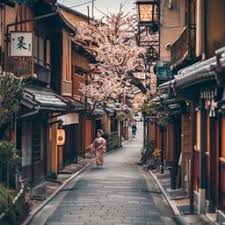
Gion District - Kyoto's famous geisha area with traditional architecture
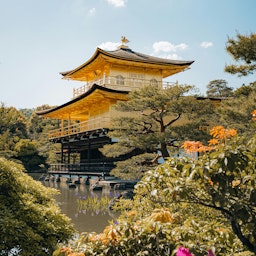
Kiyomizu-dera Temple - UNESCO World Heritage site with panoramic views
Kyoto Accommodation: Ryokans and Hotels
Staying in a traditional ryokan is a quintessential Kyoto experience. Here are our top recommendations:
Luxury Ryokans

Hiiragiya Ryokan
Established in 1818, this legendary ryokan has hosted royalty and celebrities. Features exquisite kaiseki meals and authentic Japanese hospitality.
From ¥70,000/night
Check Availability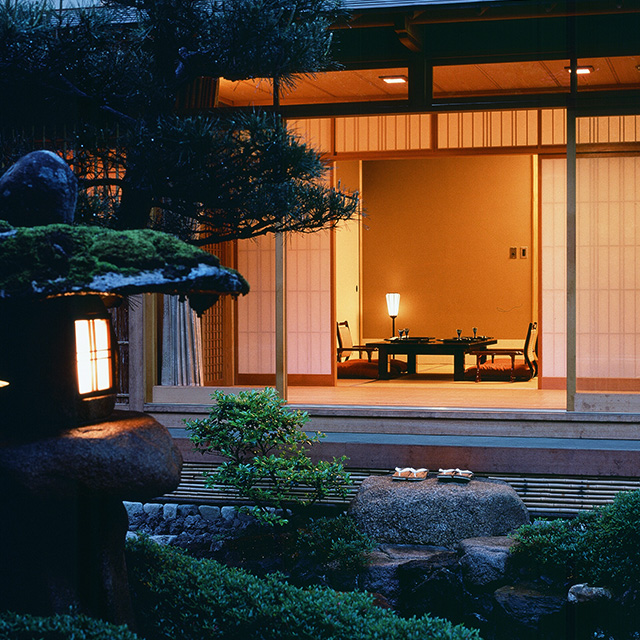
Tawaraya Ryokan
One of Japan's most acclaimed ryokans with 300 years of history, featuring beautiful gardens, refined cuisine, and impeccable service.
From ¥80,000/night
Check AvailabilityMid-Range Options
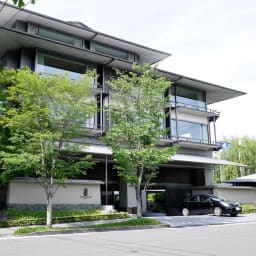
Solaria Nishitetsu Hotel Kyoto
Modern hotel with excellent location near Gion Shijo Station, comfortable rooms, and easy access to major attractions.
From ¥20,000/night
Check AvailabilityBudget-Friendly Options
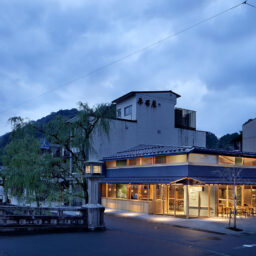
Piece Hostel Sanjo
Stylish hostel with both dormitory and private rooms, great common areas, and excellent location in downtown Kyoto.
From ¥4,000/night
Check AvailabilityWhat is a Ryokan?
Ryokans are traditional Japanese inns featuring tatami-matted rooms, futon bedding, communal baths (often onsens), and multi-course kaiseki meals. Staying in a ryokan offers an immersive cultural experience with omotenashi (Japanese hospitality). Many include yukata (cotton kimono) to wear during your stay and beautiful gardens to enjoy.
Must-Visit Temples and Shrines
With over 2,000 religious sites, these are Kyoto's essential temples and shrines:
Kiyomizu-dera Temple
YEAR-ROUNDFamous wooden temple complex with a stage overlooking Kyoto. Particularly stunning during cherry blossom and autumn foliage seasons.
Highlights: Main hall stage, Otowa Waterfall, seasonal illuminations
Fushimi Inari Shrine
YEAR-ROUNDFamous for its thousands of vermilion torii gates winding up the mountain. Visit early morning or late afternoon to avoid crowds.
Highlights: Senbon Torii (thousand gates), mountain trails, fox statues
Kinkaku-ji (Golden Pavilion)
YEAR-ROUNDA Zen temple completely covered in gold leaf, reflected in a tranquil pond. One of Kyoto's most photographed sites.
Highlights: Golden pavilion, beautiful gardens, tea house
Ginkaku-ji (Silver Pavilion)
YEAR-ROUNDThough never actually covered in silver, this temple features exquisite gardens and is the start of the Philosopher's Path.
Highlights: Sand garden, moss garden, views of Kyoto
Geisha Culture in Kyoto
Kyoto is the heart of Japan's geiko (Kyoto term for geisha) and maiko (apprentice) culture. The main districts are:
Gion
Kyoto's most famous geisha district with preserved machiya (traditional townhouses). Best chance to see geiko and maiko in the early evening.
Pontocho
A narrow alley lined with exclusive restaurants and teahouses. Atmospheric at night with lantern lighting.
Miyagawacho
Less touristy than Gion, this district offers a more authentic glimpse into geisha culture.
Experiencing Geisha Culture
While private geisha dinners are expensive and require connections, cultural shows like Gion Corner offer performances including maiko dances.
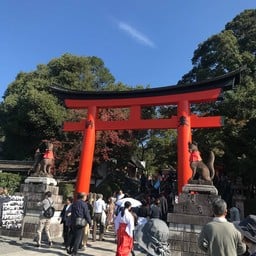
Fushimi Inari Shrine - Thousands of vermilion torii gates winding up the mountain
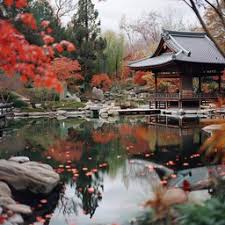
Japanese Garden - Exquisite landscape design at temples like Ryoan-ji
Traditional Gardens of Kyoto
Kyoto's gardens are masterpieces of landscape design, each with distinct styles:
Zen Gardens (Karesansui)
Dry landscape gardens using rocks, gravel, and moss to represent natural scenes. Ryoan-ji Temple has Japan's most famous rock garden.
Stroll Gardens (Kaiyū-shiki)
Designed to be enjoyed while walking, often featuring ponds, islands, and teahouses. Katsura Imperial Villa is a masterpiece.
Tea Gardens (Rōji)
Simple, rustic gardens leading to tea ceremony houses, designed to create a tranquil atmosphere before the ceremony.
Cultural Experiences in Kyoto
Beyond sightseeing, immerse yourself in these traditional activities:
Tea Ceremony
YEAR-ROUNDParticipate in a traditional Japanese tea ceremony to experience the art of preparation and mindfulness.
Where: Camellia Flower, En tea ceremony experience
Kimono Rental
YEAR-ROUNDWear a beautiful kimono or yukata while exploring Kyoto's traditional districts for photos and cultural immersion.
Where: Numerous rental shops in Gion and Higashiyama
Zen Meditation
YEAR-ROUNDJoin a meditation session at a Zen temple to experience Buddhist practices firsthand.
Where: Tofuku-ji, Kennin-ji temples offer sessions
Traditional Crafts
YEAR-ROUNDTry workshops in Kyoto crafts like pottery, fan painting, or incense appreciation.
Where: Kyoto Museum of Traditional Crafts, various studios
Kyoto Cuisine: Kaiseki and Specialties
Kyoto is renowned for its refined culinary traditions. Don't miss:
- Kaiseki Ryori: Multi-course traditional meal showcasing seasonal ingredients
- Yudofu: Simple tofu hot pot, a Kyoto specialty especially in temple areas
- Kyo-kaiseki: Kyoto-style kaiseki emphasizing vegetable-forward dishes
- Obanzai: Home-style Kyoto cooking featuring local vegetables
- Matcha Sweets: Green tea flavored desserts from the Uji region near Kyoto
- Kyo-wagashi: Traditional Japanese sweets beautifully crafted to reflect the seasons
Money-Saving Tips for Kyoto
Kyoto can be expensive, but these strategies will help manage your budget:
1. Use Public Transportation Passes
The Kyoto City Bus All-day Pass offers unlimited travel on city buses for a reasonable price.
2. Visit Free Attractions
Many temples have free areas or specific free-admission days. Walking through historic districts is free.
3. Eat at Department Store Basements
Department store food halls (depachika) offer high-quality prepared foods at reasonable prices.
4. Stay in Business Hotels
While ryokans are expensive, business hotels offer comfortable accommodation at lower prices.
Practical Information
Transportation
Kyoto has an extensive bus system that reaches most attractions. The subway covers limited areas but is efficient. Walking is often the best way to explore historic districts.
Etiquette at Temples and Shrines
Bow before entering gates, purify hands at chozuya water basins, be respectful and quiet. Photography rules vary - check signs.
Language
While English is common in tourist areas, learning basic Japanese phrases is appreciated. Temple and street signs often include English.
Seasonal Considerations
Carry water in summer, warm layers in winter. Comfortable walking shoes are essential year-round.
